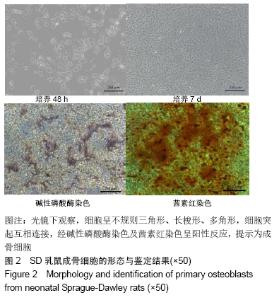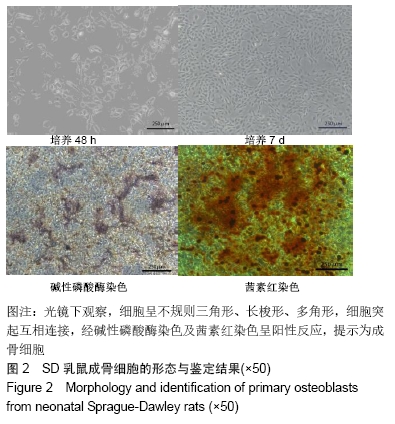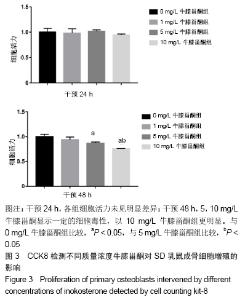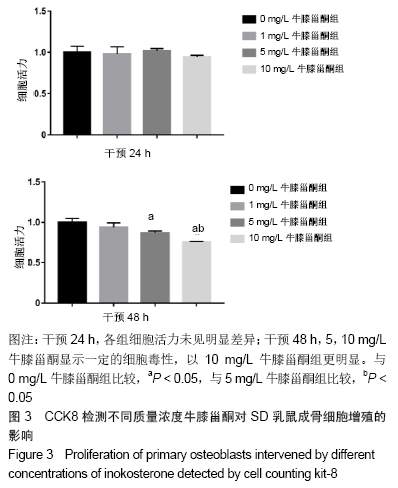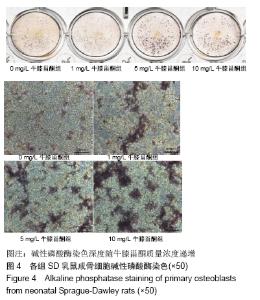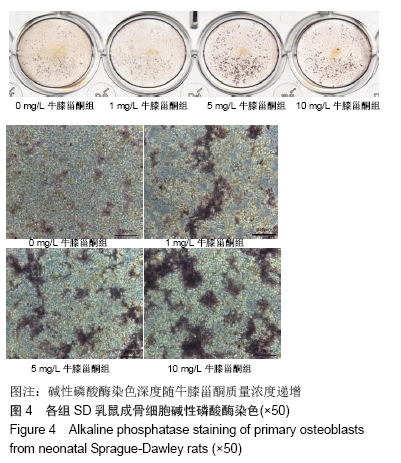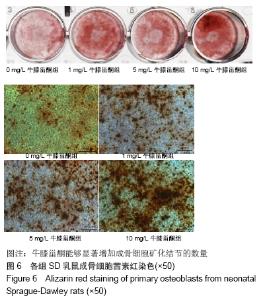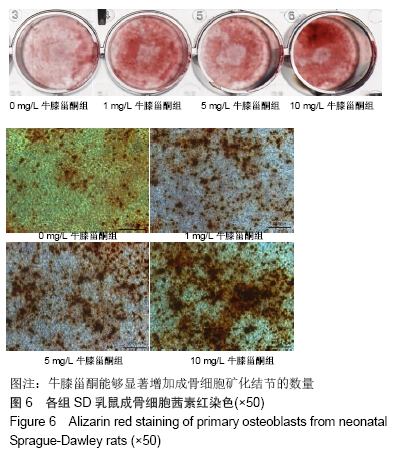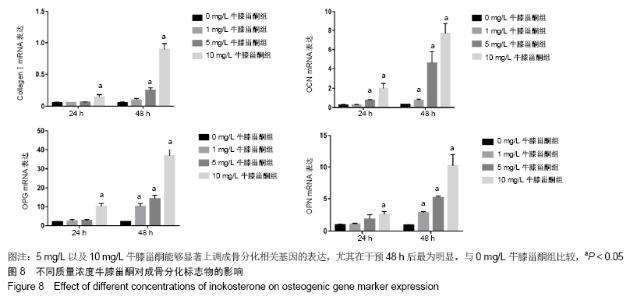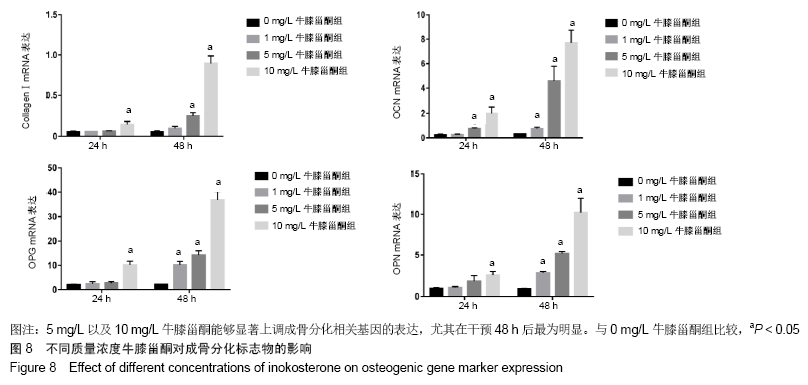[1] WATTS NB. Postmenopausal Osteoporosis: A Clinical Review. J Womens Health (Larchmt). 2018;27(9):1093-1096.
[2] EASTELL R, SZULC P. Use of bone turnover markers in postmenopausal osteoporosis. Lancet Diabetes Endocrinol. 2017; 5(11):908-923.
[3] TU KN, LIE JD, WAN CKV, et al. Osteoporosis: A Review of Treatment Options. P T. 2018;43(2):92-104.
[4] ABRAHAMSEN B, OSMOND C, COOPER C. Life Expectancy in Patients Treated for Osteoporosis: Observational Cohort Study Using National Danish Prescription Data. J Bone Miner Res. 2015;30(9):1553-1559.
[5] SIRIS ES, ADLER R, BILEZIKIAN J, et al. The clinical diagnosis of osteoporosis: a position statement from the National Bone Health Alliance Working Group. Osteoporos Int. 2014;25(5):1439-1443.
[6] XU S, SHAO M, WANG Q, et al. Ecdysterone Promotes Osteoblast Differentiation Through ERα Mediated AMPKα Signal Inhibition and β-Catenin Signal Activation. Nanoscience and Nanotechnology Letters.2017;9(9):1419-1426.
[7] 徐绍俊,黄建烽,邵敏,等.补肾方剂对绝经后骨质疏松症大鼠的影响及其作用机制研究[J].中药新药与临床药理,2017,28(5): 588-593.
[8] OHEIM R, SCHINKE T, AMLING M, et al. Can we induce osteoporosis in animals comparable to the human situation? Injury. 2016;47 Suppl 1:S3-9.
[9] JOSHUA J, SCHWAERZER GK, KALYANARAMAN H, et al. Soluble guanylate cyclase as a novel treatment target for osteoporosis. Endocrinology. 2014;155(12):4720-4730.
[10] HUANG L, JIN P, LIN X, et al. Beneficial effects of sulfonamide‑based gallates on osteoblasts in vitro. Mol Med Rep. 2017;15(3): 1149-1156.
[11] 付殷,孙贵才,陈水林,等.基于雌激素受体研究氯化锂干预成骨细胞的分化及自噬[J].中国组织工程研究,2019,23(5):680-684.
[12] SONG D, CAO Z, HUANG S, et al. Achyranthes bidentata polysaccharide suppresses osteoclastogenesis and bone resorption via inhibiting RANKL signaling. J Cell Biochem. 2018;119(6):4826-4835.
[13] YAN C, ZHANG S, WANG C, et al. A fructooligosaccharide from Achyranthes bidentata inhibits osteoporosis by stimulating bone formation. Carbohydr Polym. 2019;210:110-118.
[14] ZHANG S, ZHANG Q, ZHANG D, et al. Anti-osteoporosis activity of a novel Achyranthes bidentata polysaccharide via stimulating bone formation. Carbohydr Polym. 2018;184: 288-298.
[15] ORIMO H. The mechanism of mineralization and the role of alkaline phosphatase in health and disease. J Nippon Med Sch. 2010;77(1):4-12.
[16] ZHANG W, CHEN J, TAO J, et al. The use of type 1 collagen scaffold containing stromal cell-derived factor-1 to create a matrix environment conducive to partial-thickness cartilage defects repair. Biomaterials. 2013;34(3):713-723.
[17] MARTÍN-FERNÁNDEZ M, VALENCIA K, ZANDUETA C, et al. The Usefulness of Bone Biomarkers for Monitoring Treatment Disease: A Comparative Study in Osteolytic and Osteosclerotic Bone Metastasis Models. Transl Oncol. 2017;10(2):255-261.
[18] SHAPIRO IM, LAYFIELD R, LOTZ M, et al. Boning up on autophagy: the role of autophagy in skeletal biology. Autophagy. 2014;10(1):7-19.
[19] NOLLET M, SANTUCCI-DARMANIN S, BREUIL V, et al. Autophagy in osteoblasts is involved in mineralization and bone homeostasis. Autophagy. 2014;10(11):1965-1977.
[20] YANG YH, CHEN K, LI B, et al. Estradiol inhibits osteoblast apoptosis via promotion of autophagy through the ER-ERK-mTOR pathway. Apoptosis. 2013;18(11):1363-1375.
[21] YANG YH, LI B, ZHENG XF, et al. Oxidative damage to osteoblasts can be alleviated by early autophagy through the endoplasmic reticulum stress pathway--implications for the treatment of osteoporosis. Free Radic Biol Med. 2014;77: 10-20.
[22] MANOLAGAS SC, PARFITT AM. What old means to bone. Trends Endocrinol Metab. 2010;21(6):369-374.
|
